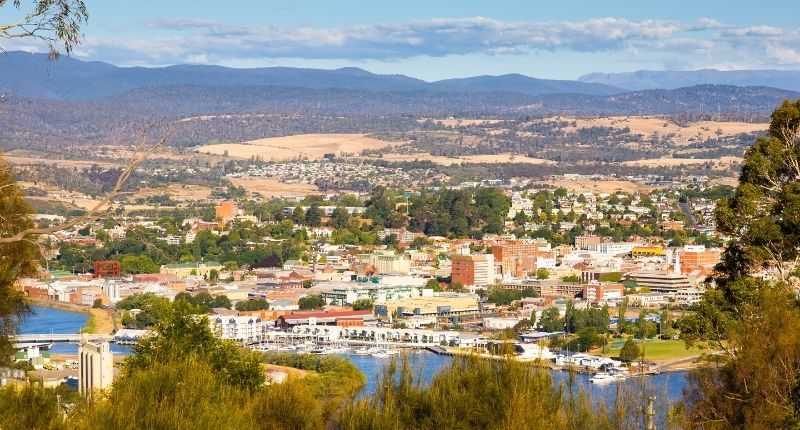- Growth in regional areas outpace that of the capital cities
- Dwelling and rental prices have increased
- Concerns for Tasmanians disproportionately affected by the pandemic
Whilst nationally property prices have been increasing since the pandemic began, regional Australia has seen its housing market values outpace those of the capital cities.
The Australian Housing and Urban Research Institute (AHURI) commissioned the University of Tasmania to conduct research titled ‘Pathways to regional housing recovery from COVID-19’. The research examined the consequences of the pandemic of households in regional Australia, with a focus on Tasmania.
According to the report, slowing investor activity and more owner-occupiers purchasing property have led to an increase in demand for rental properties in regional Australia. Lower investor confidence due to fewer incentives to purchase property along with legislation that has protected tenants are factors the research suggests has caused the slowdown from investors.
“This housing demand, most likely due to regional living being perceived as ‘safer’ than cities in a pandemic, is putting upward pressure on dwelling prices while lowering vacancy rates and reducing affordability in regional Australia,” said Dr Julia Verdouw from the University of Tasmania.
“In fact, while values in cities decelerated as a result of the COVID-19 crisis, regional values have been growing at 5 per cent per annum, surpassing the growth rate in cities.”
Data from SQM Research backs this upward trend – rents in Launceston have been increasing steadily over the past few years with sharper increases since the pandemic began.
Launceston Region, since 2015
Dr Verdouw added that landlords in the future may shape risk mitigation in a way that excludes renting to lower-income tenants due to being perceived as a greater risk to their rental income. She argues that now JobKeeper and various supplements have been wound back, this exposes a greater number of people to housing risk.
The report also suggests that employment in Tasmania is disproportionately reliant on industries impacted the most by the pandemic – such as tourism and hospitality.
“Our research identifies that a regional model for recovery requires specific attention to place. COVID-19 has exposed housing policy risks that must be addressed in their regional context,” said Dr Verdouw.
“Government strategies to stimulate employment in local economies and establish strategic and targeted income protection measures for vulnerable groups will both need to be a high priority in underpinning regional housing stability.”





